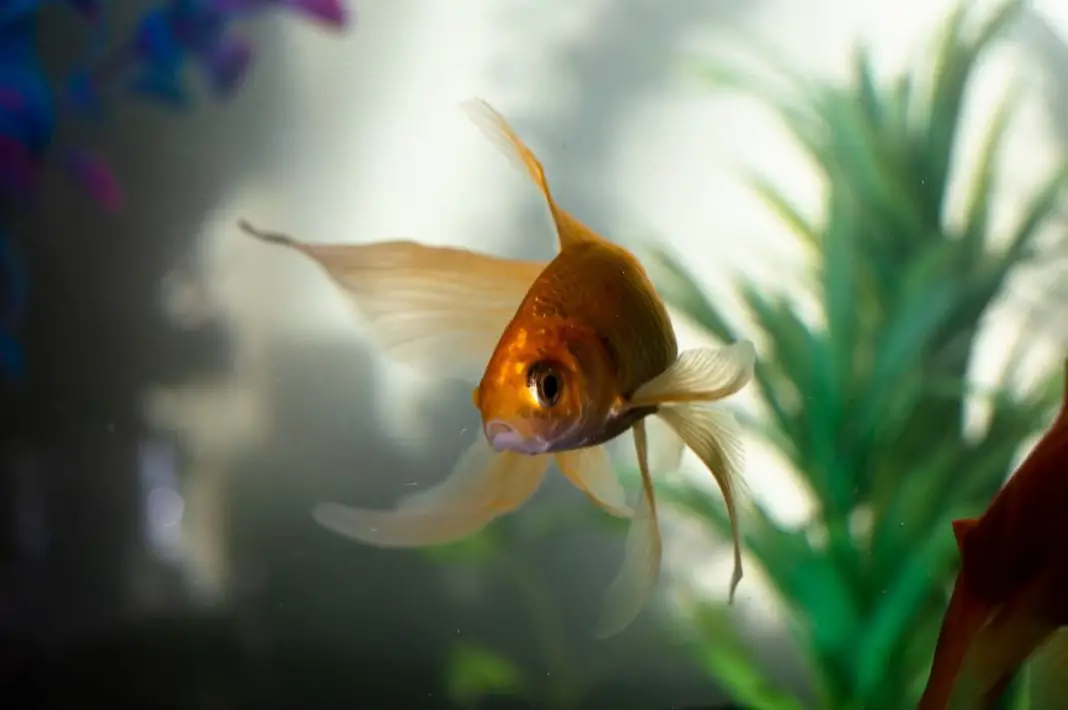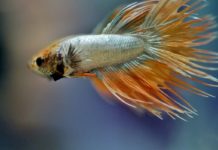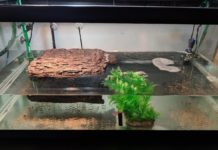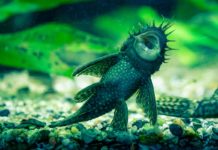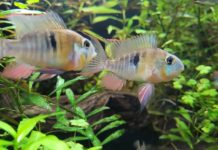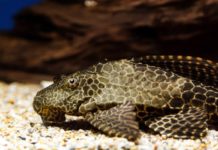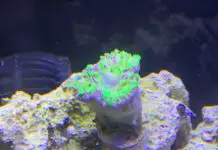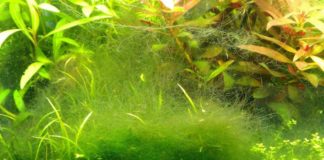Why Is My Goldfish Eating Bubbles?
When you see a goldfish frantically eating bubbles and regularly swimming close to the surface, this is no longer playful behavior but rather a sign that something could be wrong with your tank’s water chemistry. It’s possible that this behavior is a sign of low oxygen levels caused by excessive carbon dioxide in the water. It could also be a sign of an overstocked tank or ammonia levels on the rise. Doing a partial water change can help to mitigate this situation, although you also need to make sure the air pump is adequate for the tank.
How Much Oxygen Do Goldfish Need?
Put simply, goldfish require a lot of oxygen. For this reason, you need to place various aeration systems throughout the tank. Goldfish should also not be placed in bowls or small spaces where the surface of the water is significantly smaller than the rest of the aquaria.
Goldfish are large and active fish that are quick to use up oxygen in the water. This is another reason why goldfish need a large tank. The bigger the tank, the more dissolved oxygen is available throughout the water for the goldfish.
Another potential problem could be overcrowding as all the fish are competing for oxygen. It’s important to stock a goldfish tank correctly to ensure each goldfish can breathe properly and take in oxygen with little effort.
Water Temperature Affects Oxygen Levels
Colder water holds more oxygen than warm water does. As goldfish are temperate water fish, they should be in a tank with a temperature around 17°C – 24°C. The reason why goldfish are used to taking in more oxygen is because they originate from cold water.
If the temperature seems to frequently warm to over 25°C, the goldfish may struggle to retain oxygen. Tropical fish are adapted to live with less oxygen and that is why tropical fish can handle warm water with minimal oxygen issues.
The Different Methods Of Aeration For Aquariums
Throughout the years, fish keepers and companies have found new ways to oxygenate an aquarium, and various aeration systems are readily available on the market.
Many filters come with a built-in spray bar or waterfall system. These filters encourage surface movement, although it should still be paired with an air stone to achieve maximum aeration within the water.
An air stone and air pump are classic ways of moving the surface of the water with a cascade of bubbles. These are probably one of the most popular, cheapest, and most effective ways of aerating a tank.
Bubble walls are large strips mimicking the same aspect of an air stone. It works as the bubble wall has holes as the air pump pushes air through to create a wall of bubbles that oxygenates a larger surface area than standard bubblers.
Different brands have come up with ways to aerate the water while adding a decorative touch to the tank. Some examples of bubbling decorations include a diver, plant, volcano, and other creative decorations that hook up to an air pump.
Why Surface Area Is Important
The surface area is important as oxygen enters the water through the surface. This makes it important to have a proportionate tank. Goldfish do better in a rectangular aquarium because of the amount of surface area the tank design has to offer.
When you’re using an aeration system, the surface movement lets oxygen move throughout the tank, which then gets used up by the goldfish and is quickly replenished.
Here Are 5 Signs Your Goldfish Needs More Oxygen
They spend much of their time gulping at the surface of the water. They’re trying to take in as much oxygen as possible at the surface of the water.
- You see, rapid gill movement is a sign that your goldfish is working harder to take in enough oxygen.
- A goldfish that’s laying lethargic at the bottom of the aquarium means that it could be suffocating from the lack of aeration in the tank.
- If there is no water movement, there’ll be no gas exchange taking place and your goldfish requires an aeration system.
If your goldfish appears to be yawning constantly is a sign your goldfish cannot take in valuable amounts of oxygen within the water and is gasping below the surface of the water to take in more oxygen. Remember that goldfish don’t yawn as humans do and it’s usually a sign of gill parasites or poor oxygen levels within the water.
How An Air Pump Can Help
Air pumps are usually an electrical box that are plugged into an outlet. The air pump is connected to aquarium-grade airline tubing that’s then placed inside a tank and connected to an air stone within the tank. When the air pump is switched on, it’ll pump air at high speeds through the airline tubing and the small porous holes in the air stone. This can be seen as bubbles emerge and oxygenate the tank’s surface.
Note: You should never dry run an air pump as you’ll quickly burn the motor and it will no longer work. It’s important to have the tubing and airstone connected and submerged in the water when you switch it on.
Conclusion
Oxygen is a vital component to goldfish survival and they need to have constant access to an oxygen supply. Having an aeration system is just as essential as having a filter in the tank as it’ll provide oxygen to keep the aquarium’s micro-organisms and goldfish healthy. All goldfish require an aeration system regardless if they’re showing symptoms of low oxygen levels or not. It’s the most humane and essential way to give your goldfish some help to breathe properly.

